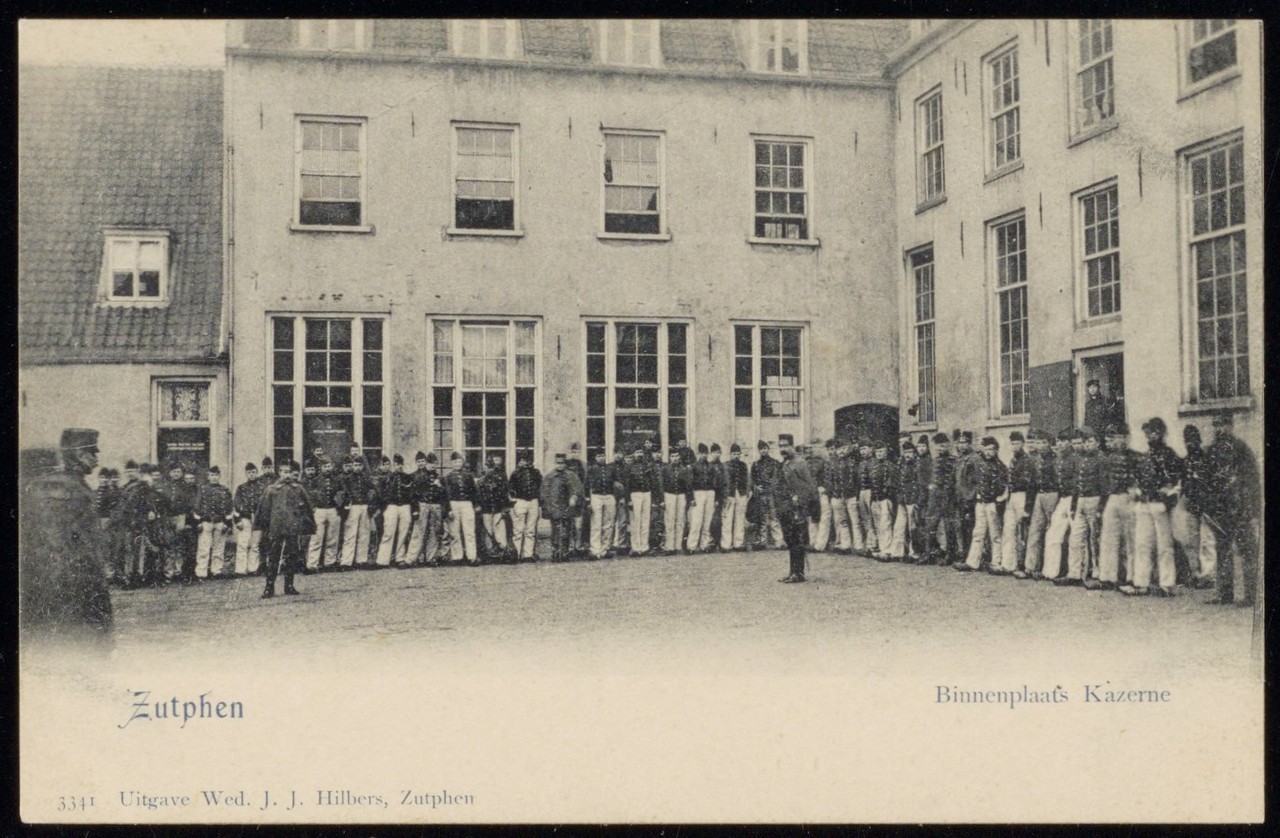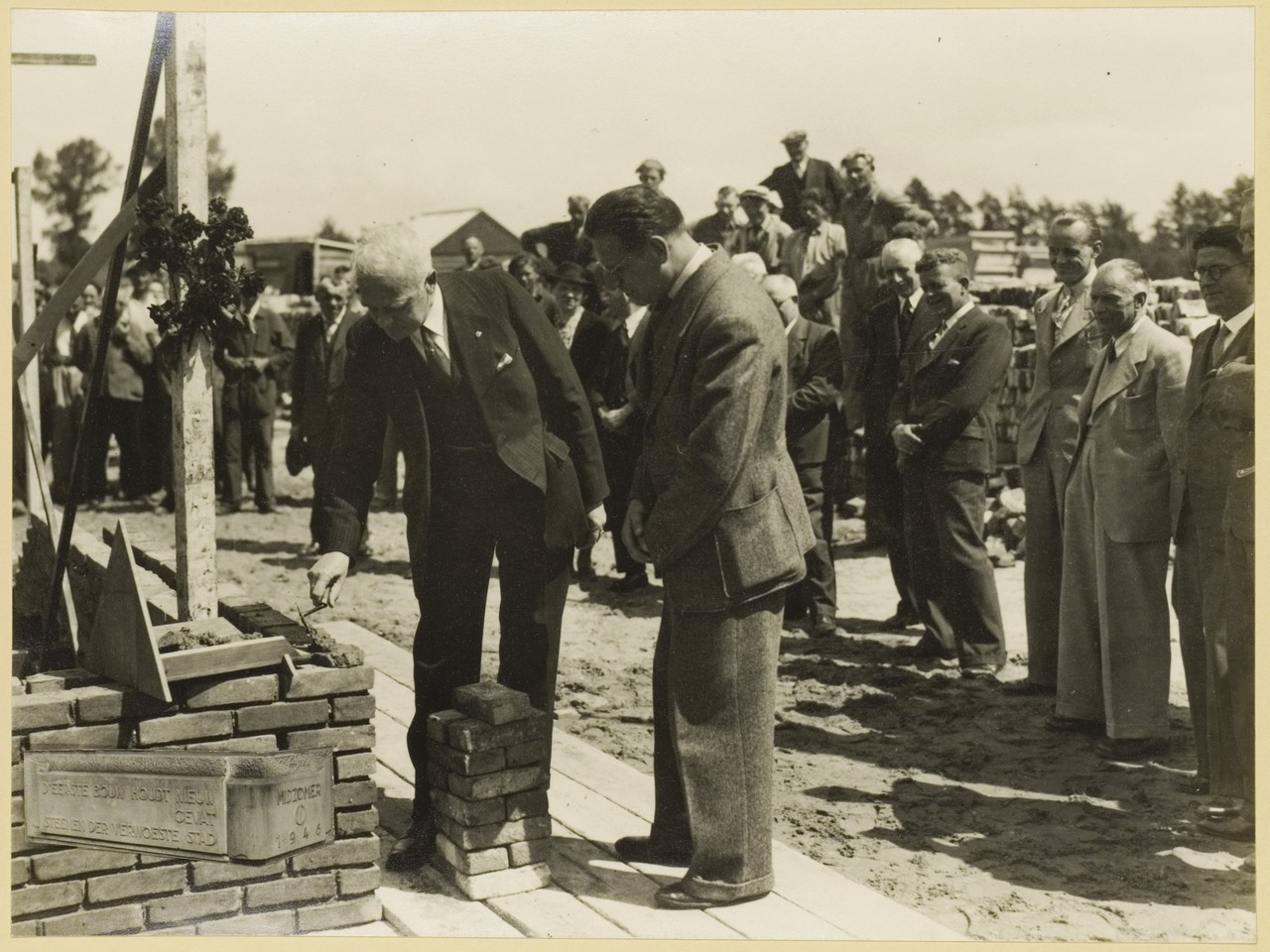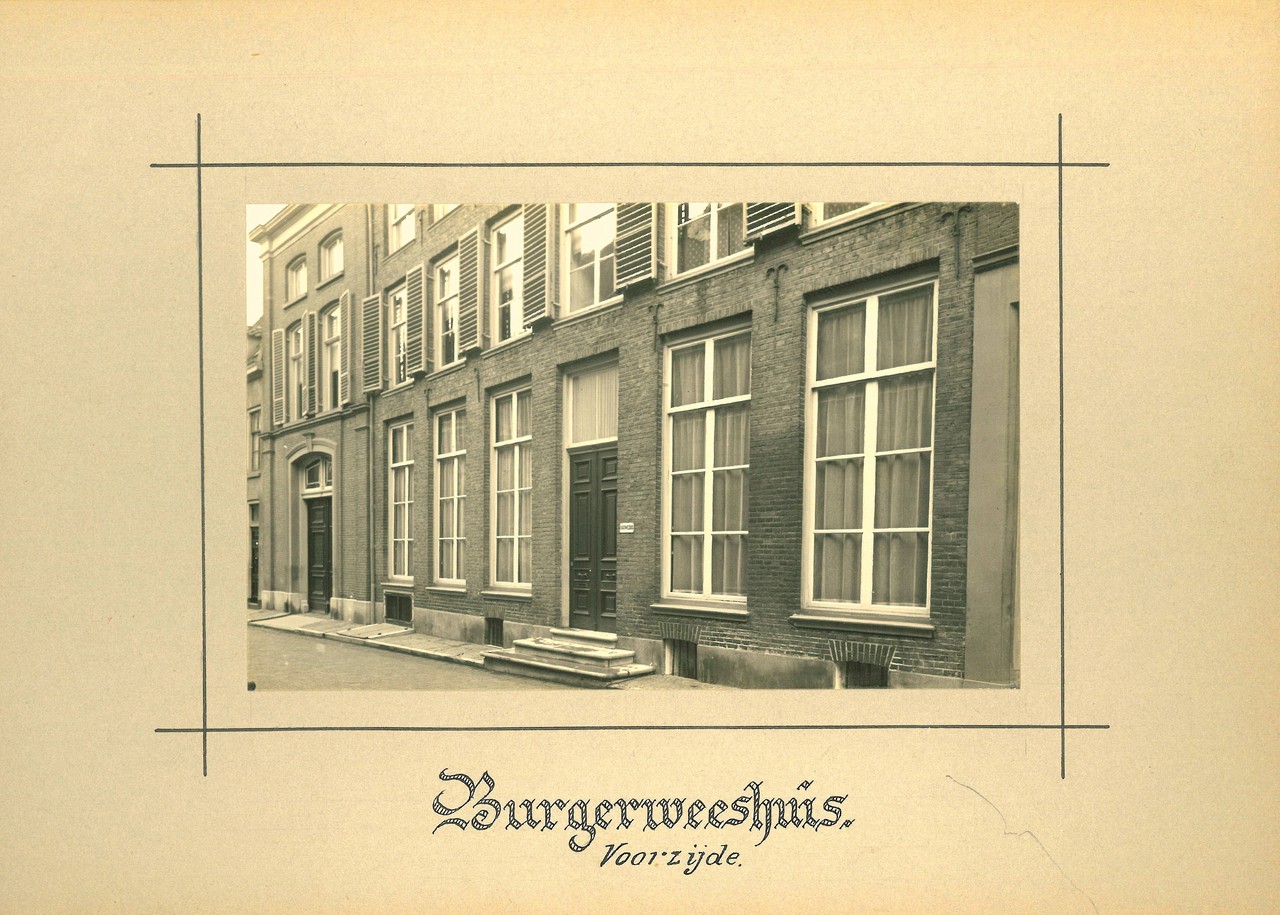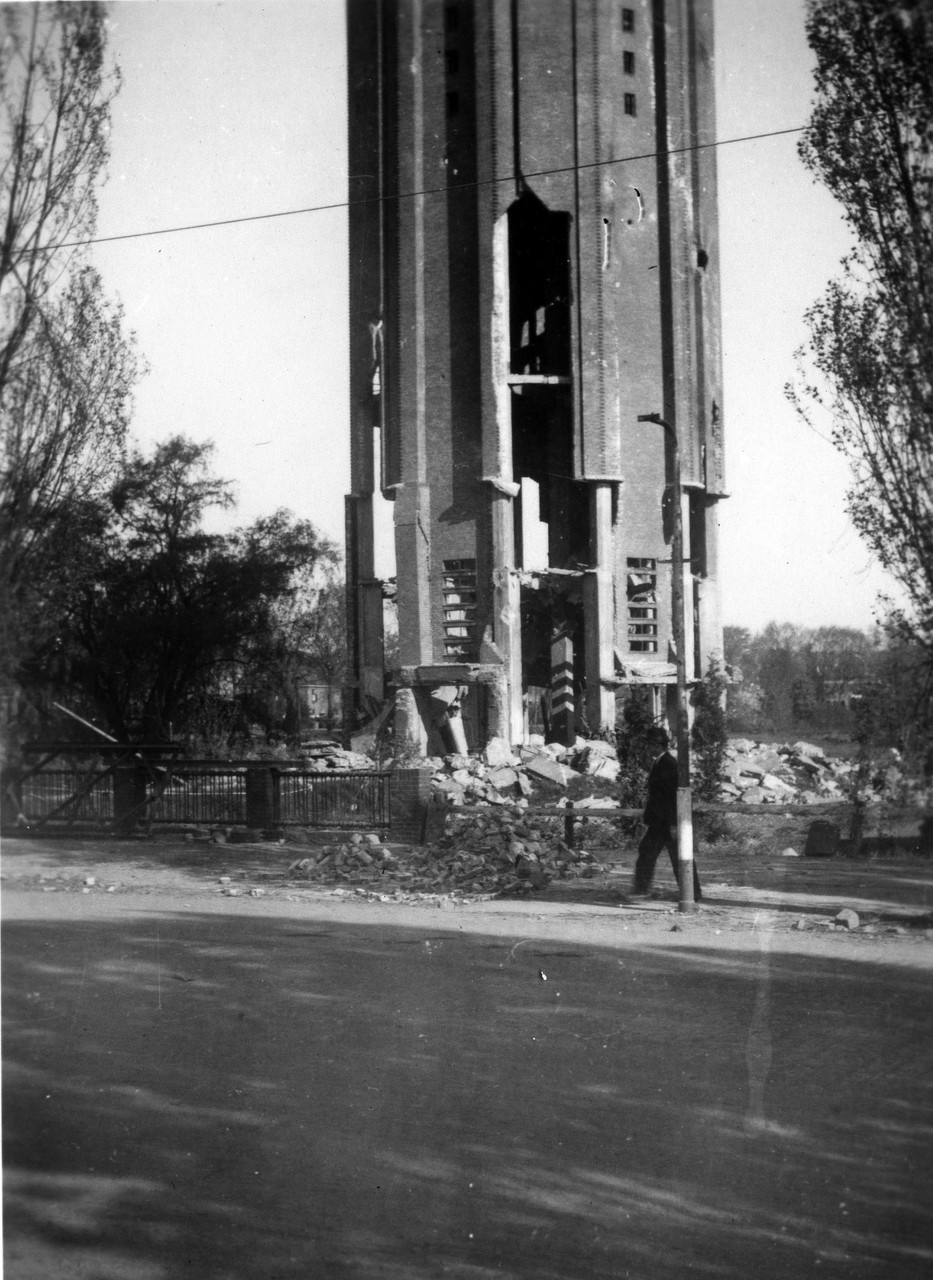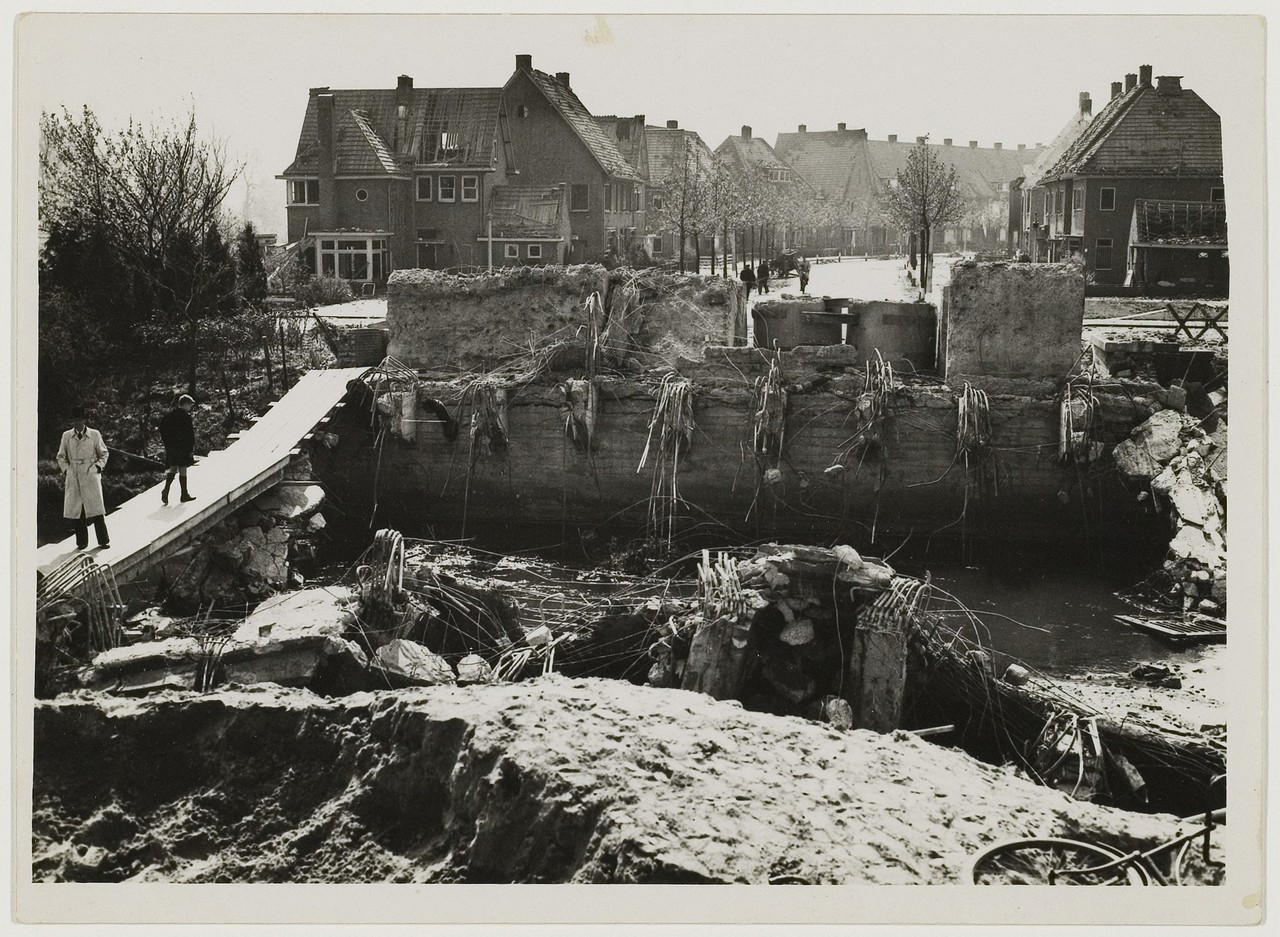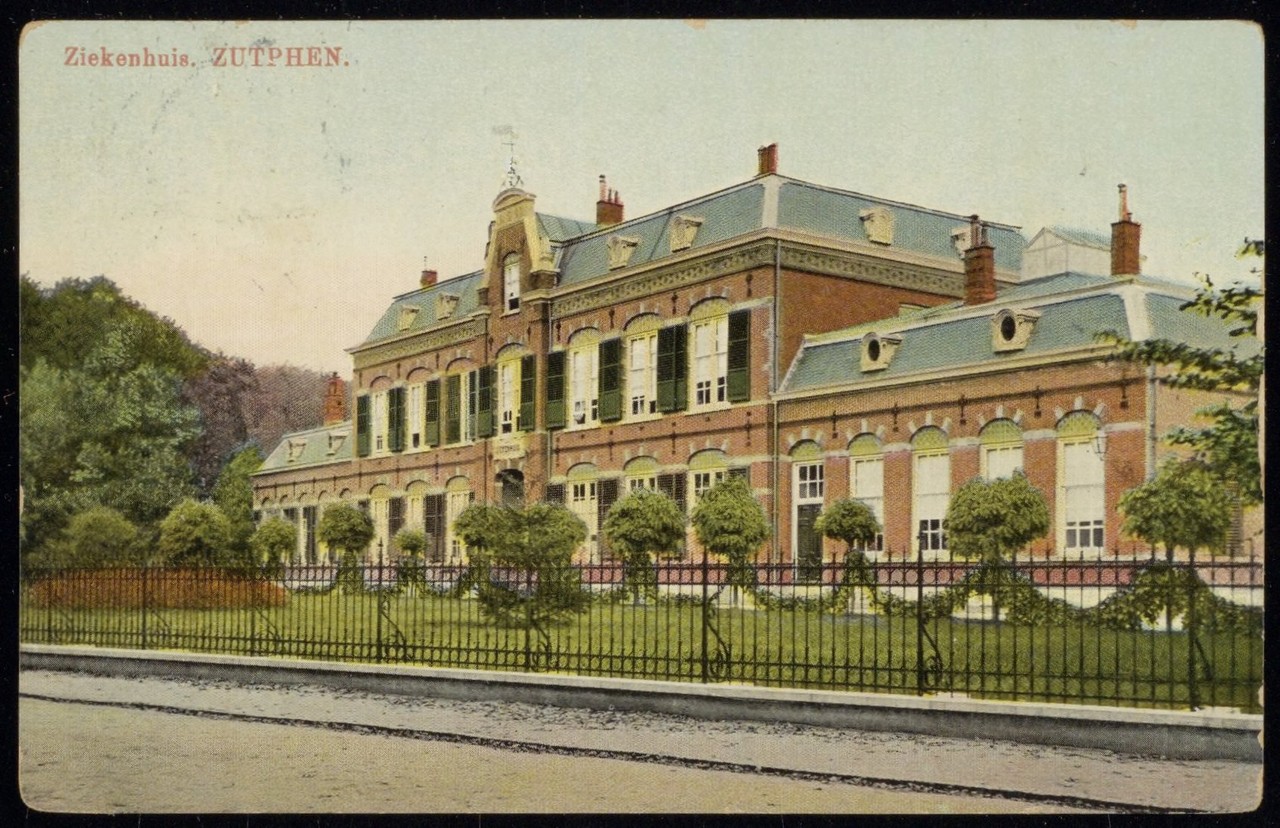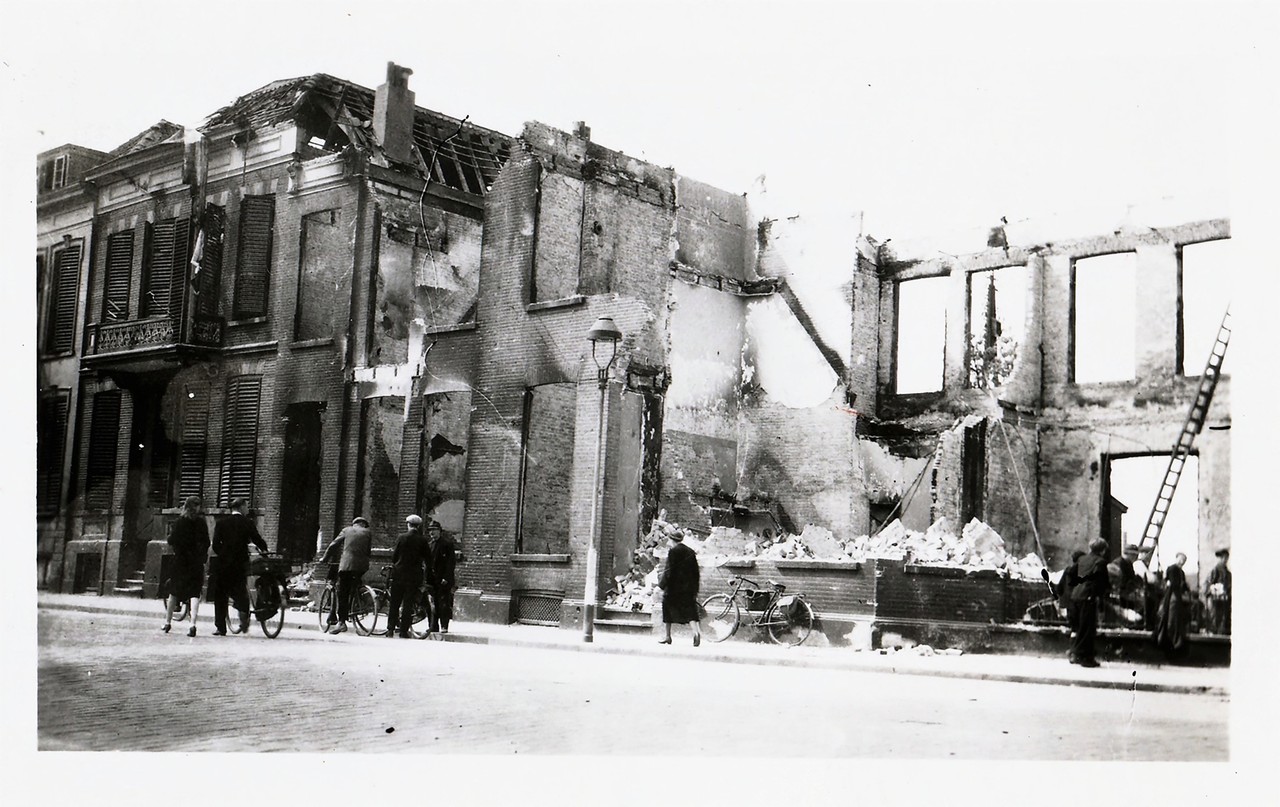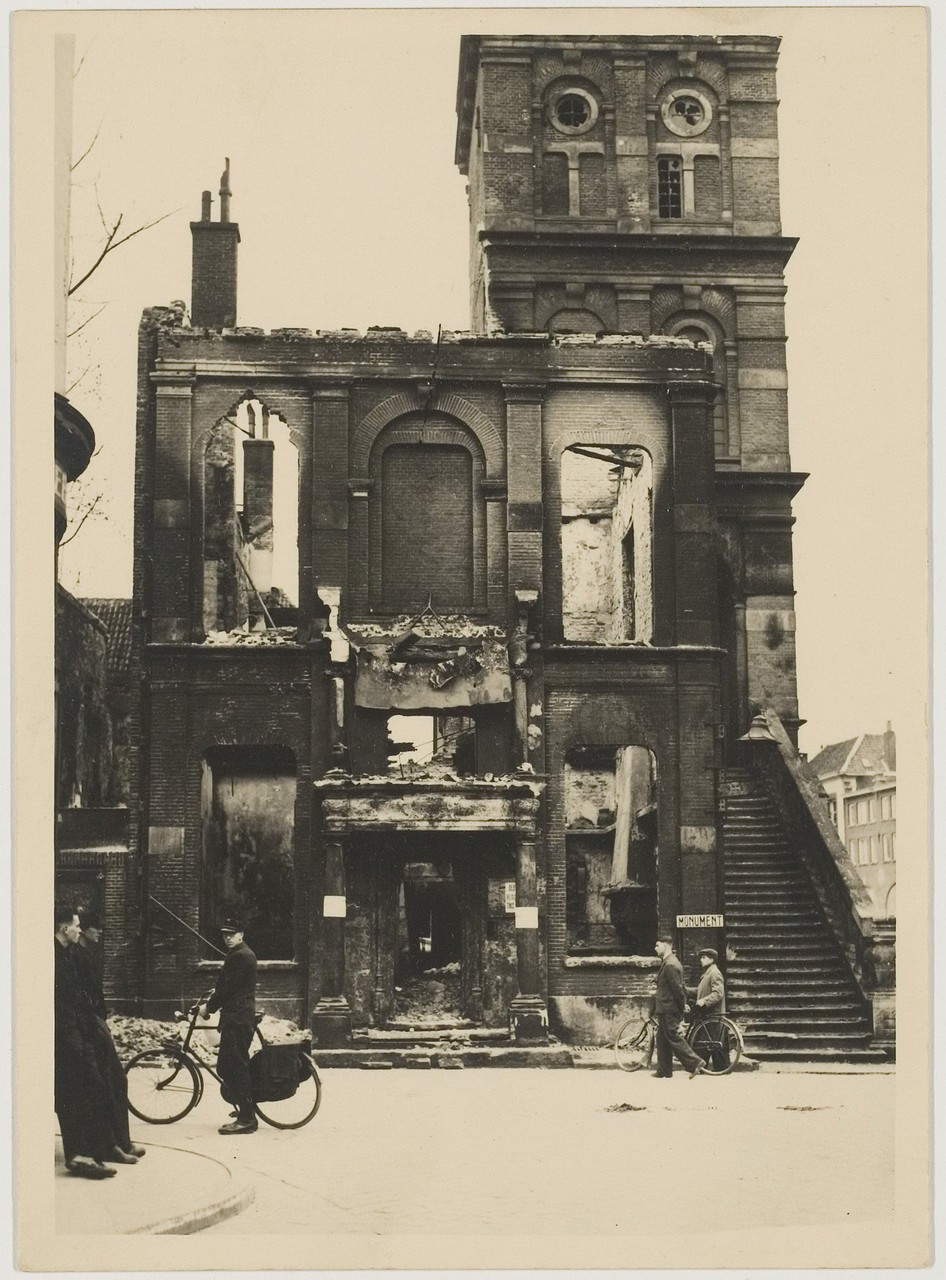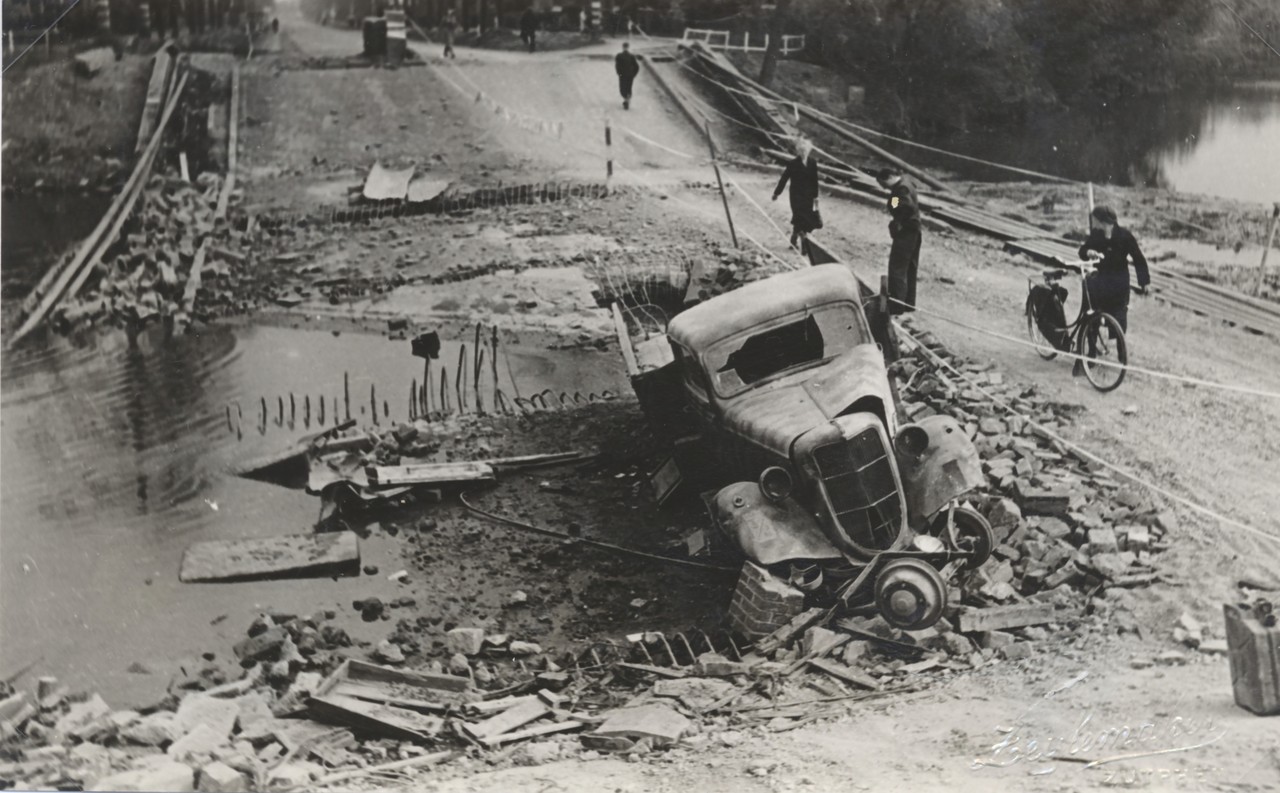Just eighty years ago, Zutphen found itself at the center of a fierce battle in World War II. After the Battle of Arnhem (September 1944), Zutphen’s railway and IJssel bridge became frequent targets of Allied attacks aimed at disrupting German supply lines. By early April 1945, the Allied advance through the Achterhoek region was progressing well, until it met fierce resistance at Zutphen, which had been turned into a veritable ‘Festung’ (fortress). The city was to be defended at all costs, to the last man. Hundreds of Fallschirmjäger (German paratroopers), many of them poorly trained but heavily indoctrinated teenagers, occupied key positions in and around the city. On 2 April, the siege began with artillery shelling on the outskirts. Only after an exhausting and devastating battle was Zutphen finally liberated on 14 April.
Walking in the Achterhoek
A long-distance trail runs through the Achterhoek, connecting to the international route. This trail starts at the German border, passing through ’s-Heerenberg on its way to Vorden. There, the route splits towards Gorssel (with a connection to Zwolle) and Holten (with a connection to Groningen). In addition to this trail, there is a regional trail — a circular walk through the Achterhoek — as well as several themed walks. The Second World War left indelible traces in the Achterhoek. Each trace tells its own story — sometimes big, sometimes small. The leading roles belong to the victims and heroes of that time. Along various impressive routes, you will get to know the people and their stories.
